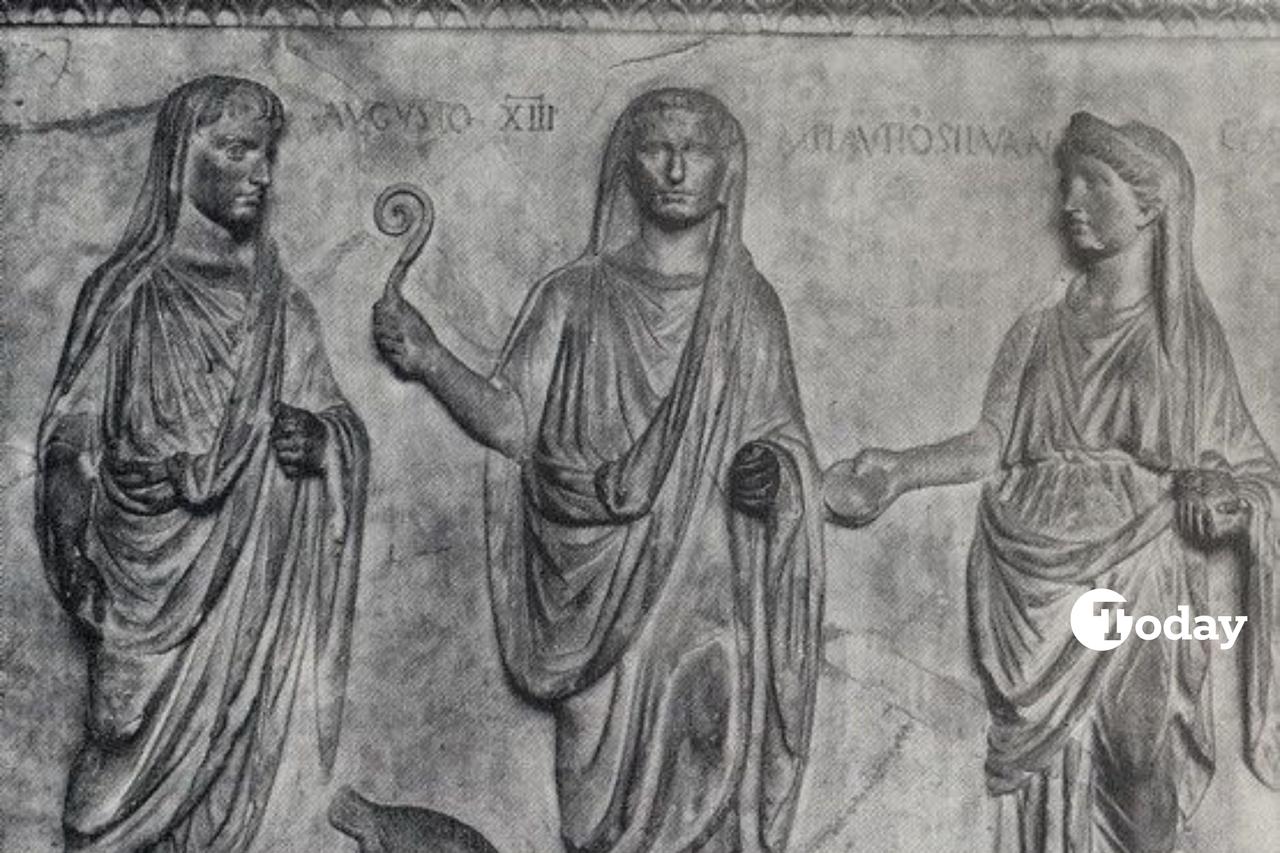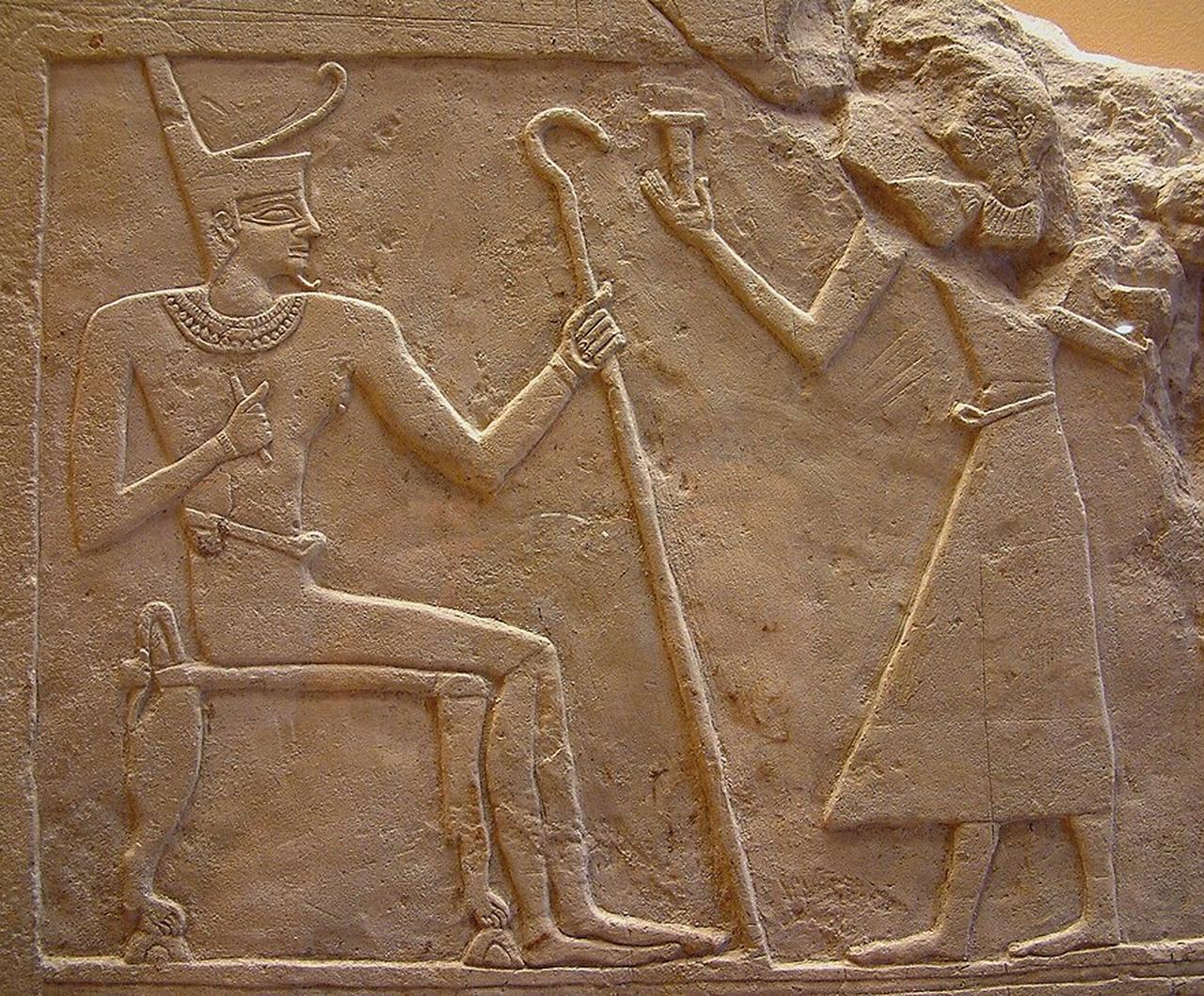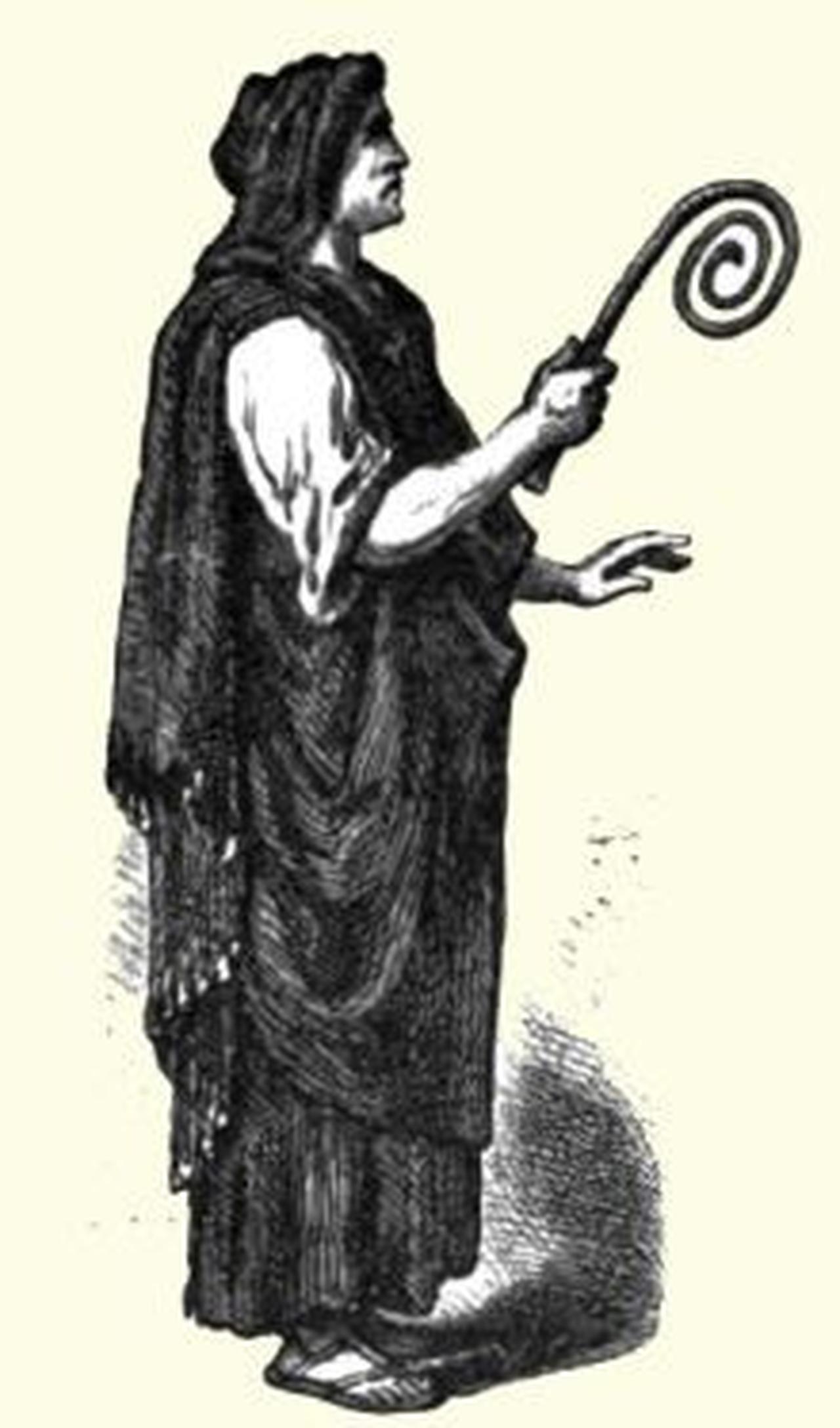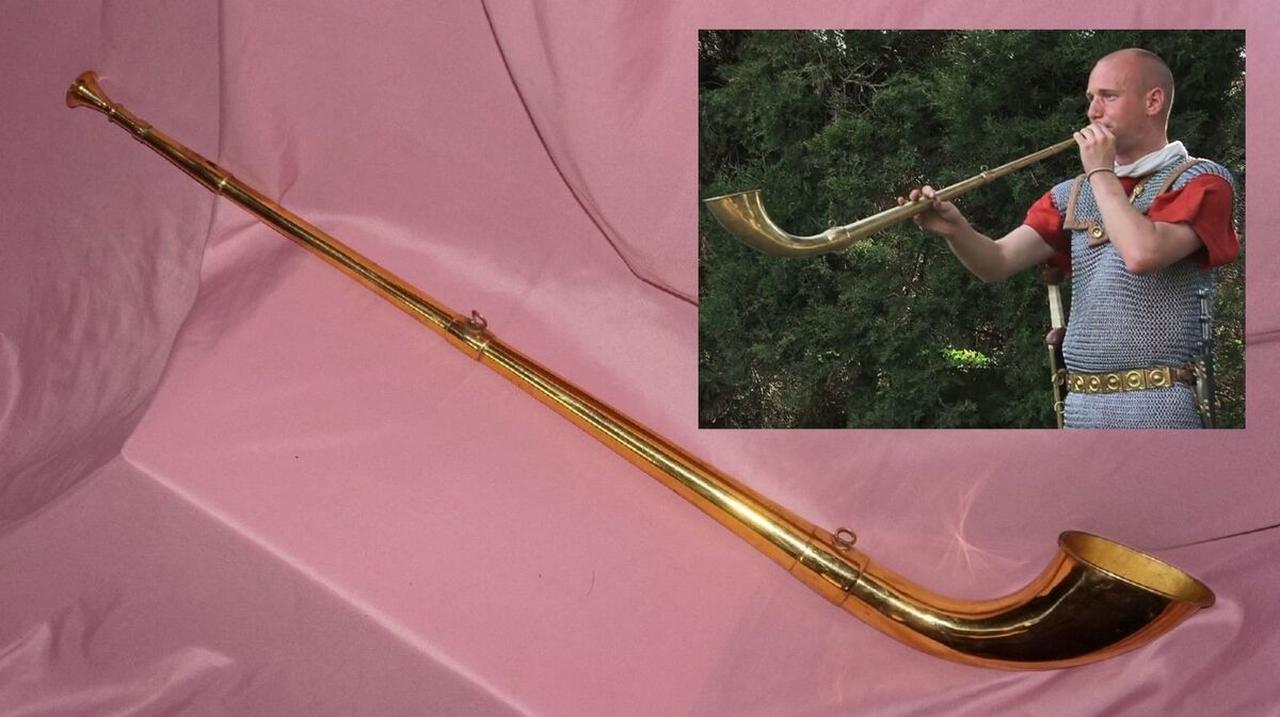
Once a simple shepherd’s crook, the Lituus has evolved into a powerful symbol spanning millennia. From ancient rituals in Egypt to modern ecclesiastical ceremonies, this curved staff has embodied spiritual authority, political power, and military strength.
The Latin word Lituus, meaning “curved staff,” originally referred to a tool used by shepherds. With its curved end, it allowed herders to guide and manage horned animals. Early depictions of this tool appear in ancient Egyptian hunting scenes and have been found in archaeological sites across Mesopotamia and Anatolia.

Over time, the shepherd’s role gained divine associations. Gods like Horus in Egypt and Mithra in Persia were described as “good shepherds,” creating a sacred link between pastoral care and spiritual authority. This transformation redefined the Lituus—from a utilitarian stick to a divine scepter.
Artifacts from ancient Egypt show pharaohs like Tutankhamun and Se’n Wosret holding a heqa (Lituus), symbolizing control and divine mandate. The Lituus became a visual expression of leadership, used by kings, seers, and priests.

In Etruscan and Roman culture, the Lituus gained prominence through augurs—priest-diviners who interpreted omens from bird flights. Depicted in wall paintings and coins, the Lituus was raised skyward to receive divine signs, legitimizing political decisions and imperial authority.
Roman leaders from Numa Pompilius to Augustus were often shown with a Lituus, reinforcing their religious and political roles. Augustus, who dubbed himself the “New Romulus,” used the symbol to intertwine Roman tradition with personal propaganda.

The Lituus took on a third life as a musical instrument during the Roman era. Shaped like the letter “J,” this wind instrument produced an eerie, divine tone. It featured in Roman military parades, ceremonies, and even gladiatorial games, striking fear in enemies and stirring emotions among allies.
Later, Celtic tribes adapted the form into the carnyx, a war horn used across Britain, France, and Germany. Even Johann Sebastian Bach composed for the Lituus, captivated by its mystical resonance.

Christianity absorbed the shepherd symbolism through figures like the prophet Jesus (peace upon him), frequently referred to as the “Good Shepherd.”
By the seventh century, Christian clergy were granted the right to carry the Lituus—by then evolved into the bishop’s crosier.
Today, religious figures in Vatican ceremonies still bear ornately decorated versions, echoing traditions dating back thousands of years.